Did you know over 90% of adults will experience hair breakage and damaged hair in their lifetime? Hair damage isn’t just a cosmetic concern—it’s a clear sign your hair needs immediate care. Whether your goal is to stop split ends, prevent hair breakage, or simply keep your locks glowing, this guide reveals proven, actionable steps so you can prevent hair damage and enjoy lifelong hair health.
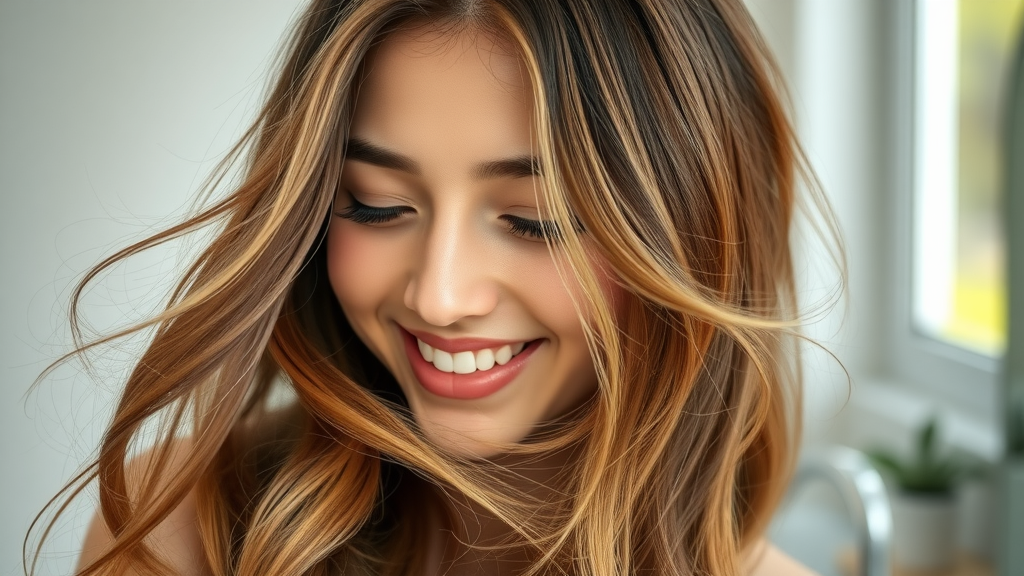
What You'll Learn
- Why preventing hair damage requires urgent action
- The science behind hair damage, breakage, and split ends
- Daily habits, products, and routines to protect your hair type
- Expert advice, myth-busting, and personal transformation stories
- Checklists, how-tos, and answers to your top hair care questions
Why You Must Prevent Hair Damage Now: Surprising Facts and Urgency
- Hair breakage affects over 90% of adults at some point in their lives. Discover how immediate changes in your hair care routine today can dramatically improve hair health and prevent hair damage before it starts.
If you’ve noticed more hair in your brush than usual, split ends forming, or your once-bouncy hair looking dull and tired, you’re not alone. Hair damage and breakage are incredibly common, yet often ignored until it’s too late. Many daily habits—including brushing your hair too forcefully, using hot tools, or even a simple choice of hair tie—play a major role in damaging your hair, sometimes beyond repair. Experts stress that every moment you delay adopting healthier hair care habits increases your risk for lasting damage.
Immediate changes can actively prevent hair damage before it starts. The good news is that even minor tweaks to your care routine—switching to gentle shampoo and conditioner, avoiding hot water, or choosing better accessories—can dramatically boost your hair’s strength and shine over time. Don’t wait until you’re dealing with split ends or thinning spots; the best time to start preventive hair care is today.
The Science Behind Hair Damage and Hair Breakage
How Hair Structure Impacts Damaged Hair
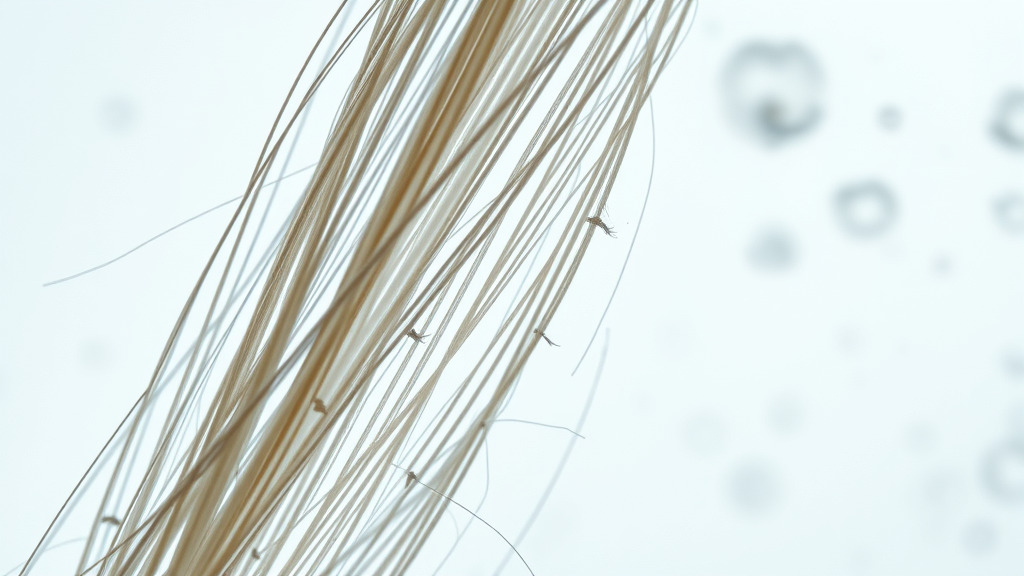
Your hair is made up of several layers, with the outermost cuticle acting as your hair's first line of defense. When this cuticle is smooth and intact, your hair looks healthy and shiny. But daily exposure to hot tools, rough brushing, chemicals, and harsh routines can raise, crack, or break the cuticle, allowing precious moisture and natural oil to escape. As this barrier weakens, the hair becomes porous, rough, and much more vulnerable to hair damage and hair breakage .
Understanding your hair’s natural structure helps explain why certain routines and products may ruin, rather than improve, your hair health. For example, heat damage causes the cuticle to crack, while rough towel-drying or improper detangling can create microscopic tears, eventually leading to split ends and damaged hair . By learning the science behind hair breakage, you’re empowered to take proactive steps that keep your hair healthy from the inside out.
Common Signs of Hair Damage and Hair Breakage
Spotting the early signs of hair damage can help you correct your routine before it's too late. Common symptoms include brittle, dry hair that feels rough or looks dull; a sudden increase in hair loss or strands breaking off when brushing your hair; frequent split ends; and hair that tangles or knots easily. If you notice changes in texture, elasticity, or resilience—especially if you frequently use heat styling or tight hair ties—it’s time to upgrade your hair care routine to prevent further breakage.
Hair damage doesn’t always happen overnight. Sometimes the effects of mechanical stress, hot water, or harsh products accumulate slowly. Watch for subtle cues, such as frayed edges, lost shine, or hair that won’t hold a style—these often signal the beginnings of damaged hair and can be a wake-up call to start preventative action.
Why the Right Hair Care Routine Matters to Prevent Hair Damage
Consistency is the foundation of a healthy hair care routine . Using the right products and habits based on your hair type ensures you’re providing moisture, protection, and gentle handling at every step. A well-designed routine not only prevents split ends and hair breakage but also maintains vibrant, manageable, and resilient hair, protecting your natural beauty for years to come.
The wrong habits—like frequent heat styling, skipping conditioner, or using hot water—may make your hair more vulnerable to damage. By investing time in refining your day-to-day process and choosing products that match your hair's unique needs, you create a strong defense against common sources of damage and ensure your strands stay healthy longer.
Major Causes of Hair Damage: Identifying the Culprits
- Heat styling tools and hot tools
- Chemical treatments and hair dye
- Over-washing your hair and using hot water
- Rough hair ties and styling tools
- Environmental factors and lack of natural oil
"Most hair breakage and damaged hair cases stem from daily routines, not occasional mishaps." – Celebrity Trichologist
Each time you use hot tools like a flat iron or curling wand—or even a blow dry with a high heat setting—you sap moisture from your hair, making the cuticle brittle and prone to breakage. Likewise, frequent chemical treatments or bleaching can break internal hair bonds, leading to permanent weakness and split ends. Even everyday habits like washing your hair too often, using hot water, or tying your hair tightly contribute significantly to both hair damage and hair loss .
Environmental stressors such as sun exposure, pollution, and low humidity can sap your hair's natural oil. This leaves your strands dry and more vulnerable to external stress. Selecting gentle products, limiting harsh routines, and protecting hair from the elements are essential for anyone looking to prevent hair damage and grow healthier, stronger hair.
Determine Your Hair Type to Prevent Hair Damage Effectively
How Different Hair Types React to Hair Care Rituals
Your hair type—straight, wavy, curly, or coily—determines how it reacts to different care routines and products. Straight and wavy hair may distribute natural oil more evenly, but are prone to oily roots and limpness if over-washed. Curly and coily types retain less moisture and are much more prone to breakage from dryness and manipulation, requiring richer products and gentler handling.
Understanding your hair type helps you adapt washing, conditioning, and styling routines to preserve the cuticle and prevent hair breakage. For example, stretch styles and low-manipulation protective styles work wonders for curly and coily hair, while straighter types may benefit from lightweight conditioners and more frequent (but gentle) detangling.
| Hair Type | Characteristics | Damage Risk Factors | Best Prevention Tips |
|---|---|---|---|
| Straight | Smooth, reflects light, prone to oiliness | Flat iron, heat styling, heavy products | Use gentle detangling, lightweight formulas, limit daily heat |
| Wavy | Loose waves, moderate oil distribution | Frizz, dryness, rough towel-drying | Opt for moisture-rich conditioner, avoid vigorous rubbing |
| Curly | Defined curls, easily loses moisture | Breakage from dryness, detangling, styling tools | Deep conditioning, finger detangling, protective styles |
| Coily | Very tight curls or zig-zags, fragile | Extreme dryness, shrinkage, mechanical stress | Heavy creams/oils, low-manipulation styles, air dry |

Healthy Hair Habits to Prevent Hair Damage and Split Ends
- Gentle washing your hair techniques
- Optimal water temperature: Avoiding hot water
- Selecting gentle shampoo and conditioner
- Dry hair towel-drying methods
Start by always using lukewarm or cool water— hot water can strip away natural oil, leaving hair dry and prone to splitting. Choose sulfate-free, moisturizing shampoos and conditioners tailored to your hair type, as harsh formulas can rob your hair of protective oils. When washing your hair , focus on the scalp, letting suds flow through the ends passively. Never rub hair aggressively with a towel; blot and squeeze gently to dry.
Adopting gentle habits not only helps retain moisture but also reduces friction, the leading cause of mechanical hair breakage and split ends. Swap rough terrycloth towels for microfiber or old cotton t-shirts—which are softer and less likely to snag delicate cuticle layers. Remember, every part of your wash-day ritual should support hair health, from product selection to how you handle wet strands.
Building an Effective Hair Care Routine for Every Hair Type
- How often to wash your hair
- Daily vs. weekly conditioning
- Healthy hair protective styles
- Importance of hair treatment and hair masks
The right hair care routine can transform your strands from stressed and vulnerable, to vibrant and resilient. Wash your hair only as often as needed to remove excess oil or dirt—typically 2-3 times weekly for most, daily for those with oily hair or after intense workouts. For many with curly or damaged hair, less frequent washing preserves valuable natural oil and moisture.
Condition daily for moisture (either full or as a leave-in), and deep treat once a week with hair masks targeting your specific concerns—be it dryness, weakness, or breakage. Incorporate protective styles like braids, twists, or buns to limit exposure to friction and environmental damage, especially for curly, coily, and natural hair.
Lastly, remember that the best routines evolve with your needs and the seasons. Listen to your hair’s feedback. If you experience more tangling or dryness, increase conditioning or cut back on hot tools. With regular, thoughtful tweaks, your care routine becomes the ultimate shield against hair damage .
How to Protect Wet Hair and Prevent Hair Breakage
- Proper towel-drying and detangling
- Using a wide-toothed comb
- Why wet hair is vulnerable to split ends
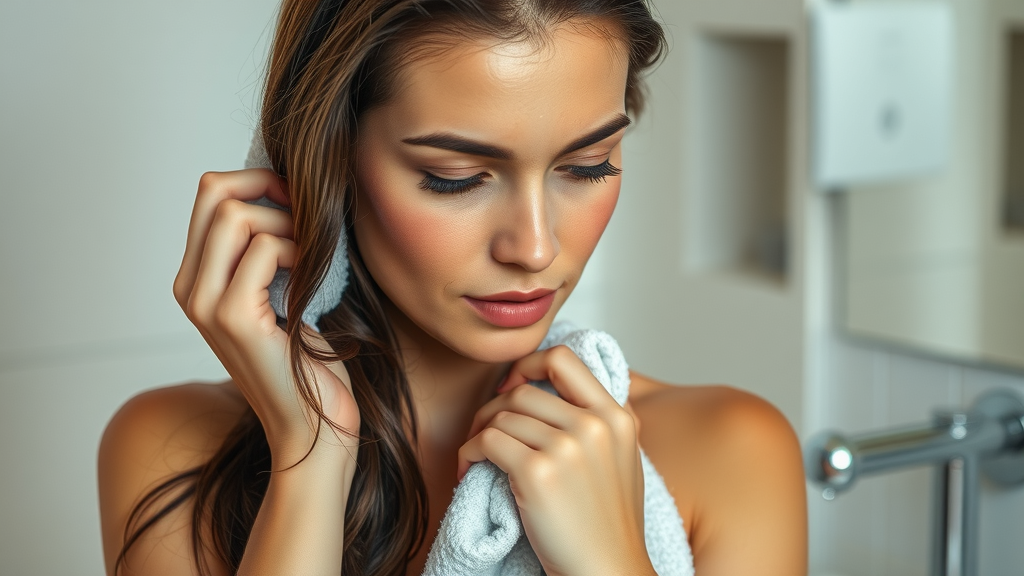
Wet hair is up to 50% more elastic and fragile than dry hair, making it especially susceptible to snap, tear, or develop split ends from even minimal force. To minimize damage after washing your hair, always pat hair dry with a microfiber towel or an old t-shirt. Avoid vigorous rubbing, which raises and fractures the protective cuticle.
After towel-drying, use a wide-toothed comb or your fingers to gently detangle, starting at the ends and working up to the roots. Avoid pulling or yanking; apply a lightweight, leave-in conditioner or detangling spray for extra slip if needed. Allow wet hair to air dry when possible and minimize styling tools until your hair is at least 80% dry for better hair health.
Avoiding Heat Damage: Mastering Hot Tools, Styling Tools, and Blow Dry Techniques
Best Practices with Heat Styling and Hot Tools
- Safe heat setting for your hair type
- Using heat protectant products to prevent hair damage
- Frequency limitations for blow dry and heat styling
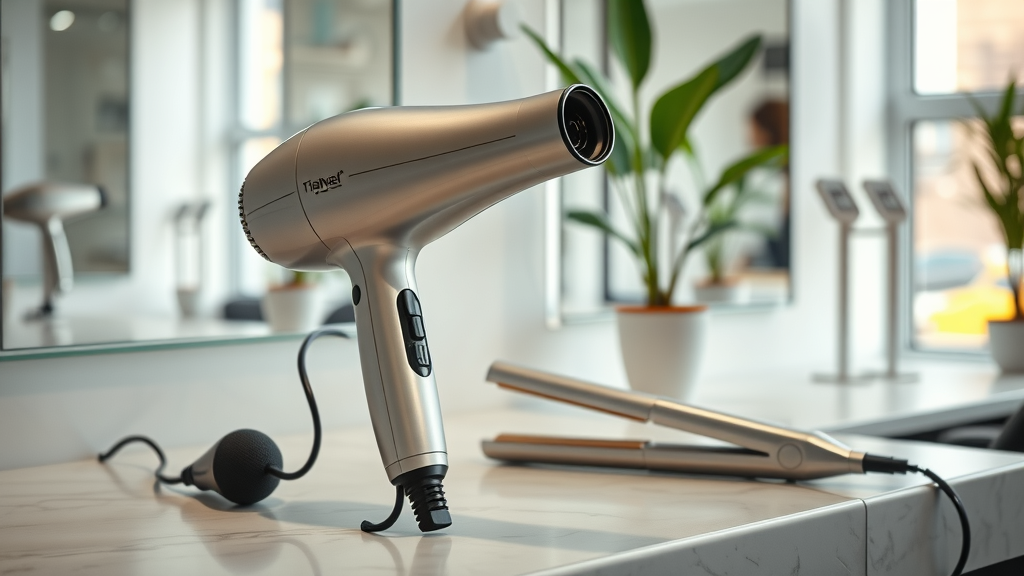
Heat styling tools like flat irons, curling wands, and blow dryers work by rapidly evaporating internal hair moisture, weakening your hair’s internal bonds and outer structure. If you do use these tools, always choose the lowest effective heat setting for your hair type ; fine or damaged hair should never exceed 300°F (150°C), while thicker, stronger hair types can tolerate up to 350-375°F (175-190°C).
Always use a quality heat protectant before any heat styling. These products coat the strand, offer a protective barrier, and help prevent hair damage from heat. Limit blow dry and heat styling to 1-2 times per week, and use styling tools only on fully dry or nearly dry hair to reduce cuticle stress. The secret is moderation and layered protection—never sacrifice hair health for temporary style!
Choosing Hair Ties and Accessories That Prevent Hair Breakage
- Best hair ties and hair tie alternatives
- Tips for prevent hair damage with everyday styling tools
- How split ends form from the wrong accessories
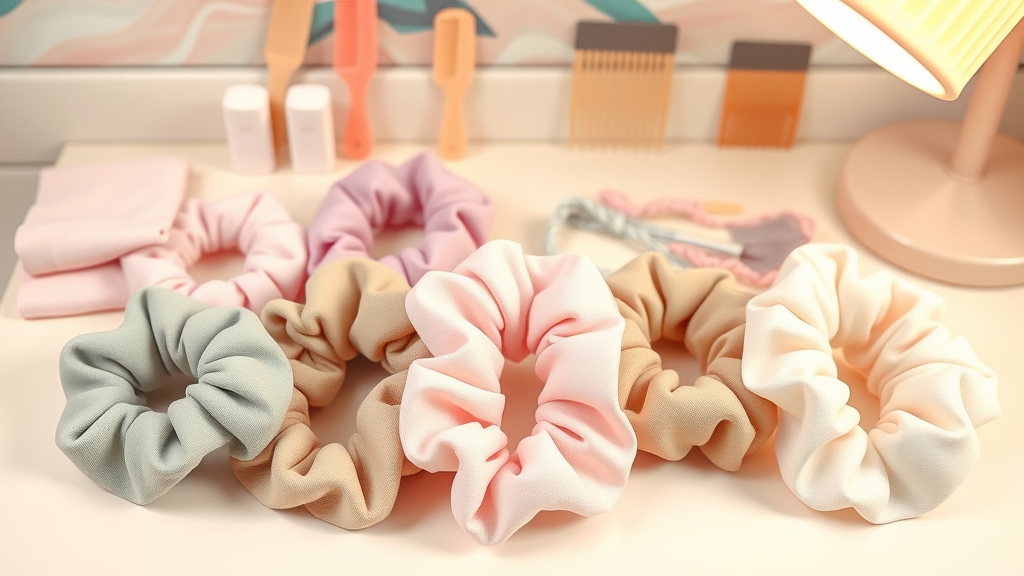
Not all hair ties and styling tools are created equal. Traditional elastic bands can snag, strain, and even slice through delicate strands, causing split ends and breakage. Instead, choose gentle, snag-free options like silk scrunchies, spiral ties, or soft fabric bands. These alternatives grip your hair without stress and can be worn for long hours without causing harm.
When styling, avoid tightly pulling hair into ponytails or buns with rough accessories. Looser, low-tension styles are less likely to cause permanent creases or breakage. Remember to change your part frequently and avoid sleeping with tight bands—simple habits that go a long way toward preventing hair damage and keeping your strands strong.
Hair Care Products That Prevent Hair Damage
- Selecting the right shampoo and conditioner for your hair type
- Benefits of natural oil and serums for damaged hair
- Deep hair treatment options to repair split ends
- How to tell if a product will help or harm healthy hair
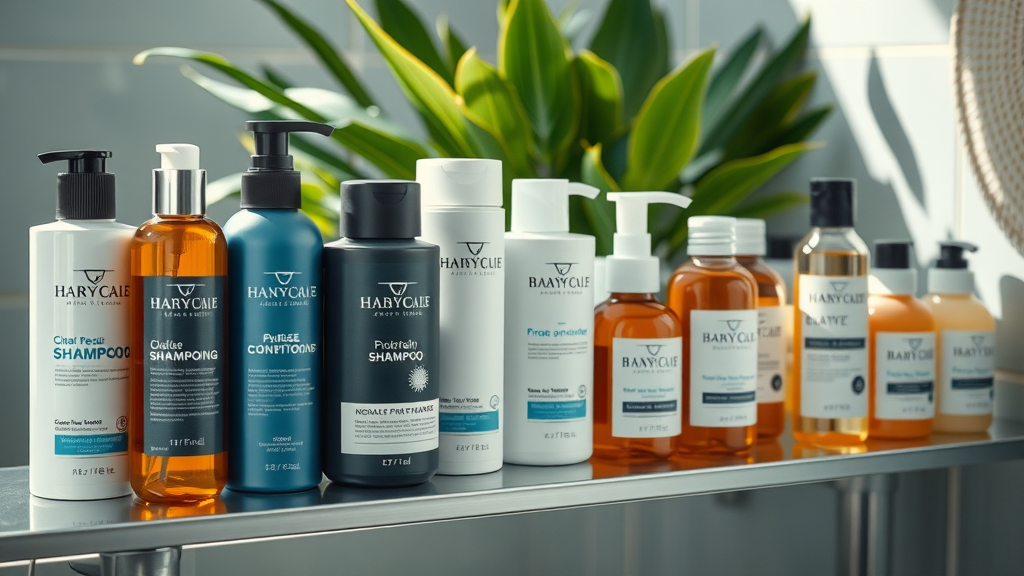
The right products play a major role in a preventive hair care routine . Start with a sulfate-free, nourishing shampoo and conditioner that suits your hair type —curly and coily hair thrives on richer, more hydrating formulas, while straighter hair often does best with lightweight conditioners. Incorporate serums, oils, or leave-in conditioners to seal in moisture and create an anti-breakage barrier, especially on the ends.
Deep treatments—like masks or protein-rich conditioners—should be used regularly, but not daily. Always check the ingredient list; avoid oversaturating with protein or using products heavy in alcohols or sulfates, which can dry out and harm your strands. Listen to how your hair feels after each wash: soft, resilient hair is a sign you’re on the right track to prevent hair damage .
Nutrition and Lifestyle: Keeping Hair Healthy from Within
- Key vitamins and nutrients for healthy hair
- Habits that contribute to dry hair and reduce hair health
- How hydration supports hair breakage prevention

Healthy hair starts with proper nutrition. Key vitamins and minerals—such as biotin, Vitamin E, B-vitamins, zinc, and omega-3 fatty acids—support hair growth, scalp health, and boost strand resilience. Diets lacking these nutrients lead to dry hair, thinning, and increased risk of breakage or hair loss .
Hydration matters too. Drink plenty of water and limit caffeine and alcohol (which dehydrate). Habits like chronic stress, smoking, or crash dieting can restrict nutrient delivery to hair follicles, worsening hair damage . Pair healthy habits with topical care for best results.
Expert-Recommended Hair Masks and Treatments to Prevent Hair Damage
- DIY natural hair masks for split ends
- Salon hair treatment options for damaged hair
- Frequency of use for optimal hair health
"Consistent, targeted hair care can reverse visible signs of hair damage." – Leading Hair Specialist
At-home masks made from ingredients like avocado, honey, coconut oil, or yogurt can deeply nourish and repair damaged hair and split ends. Use once weekly, focusing on the mid-lengths and ends, and leave on for at least 20 minutes. For severe damage, salon treatments like professional bond repair or keratin-enhancing therapies provide intensive results and faster recovery.
Consistent use is key. Whether you opt for DIY or salon options, regular masking helps lock in moisture, repair micro-tears in the cuticle, and strengthen your hair’s natural defenses—all essential in the fight to prevent hair damage .
Myths About Preventing Hair Damage: Fact vs. Fiction
- Does trimming prevent hair damage or hair breakage?
- Does brushing 100 times make hair healthy?
- Do natural hair and synthetic hair need different care routines?
Trimming removes existing split ends, but won’t prevent new ones if damaging habits persist. Brushing 100 times a day is outdated; over-brushing can actually cause more breakage, especially on fragile or wet hair. And yes, natural hair (growing from your scalp) does need different care than synthetic extensions or wigs—focus on gentle, moisturizing routines for your natural strands, while washing and detangling artificial hair less frequently.
Results You Can Expect: Timeline for Healthier, Stronger Hair
| Routine Change | Short-Term Results (2-4 weeks) | Long-Term Results (3-6 months) |
|---|---|---|
| Switch to gentle shampoo & conditioner | Softer, shinier hair; reduced dryness | Stronger strands, fewer split ends |
| Limit heat styling & add protection | Less breakage, shine returns | Improved elasticity, minimal damage |
| Weekly hair masks & deep treatments | Immediate moisture boost, easier detangling | Noticeable thickness & improved resilience |
| Nutritional & lifestyle changes | Reduces dryness, scalp feels healthy | Stronger roots, reduced hair loss |
- Short-term and long-term benefits of consistent hair care routine
- When to seek a professional for persistent hair damage
With commitment, visible transformation can begin in just weeks. If you don’t see improvement after several months or notice unusual hair loss or scalp changes, consult a dermatologist or trichologist.
Real Stories: Overcoming Hair Breakage and Damaged Hair
- Case study: Repairing split ends from years of heat damage
- Personal account: Switching to gentle hair ties and healthy styling tools
One reader shared that after years of daily flat iron and rough towel-drying, her hair was riddled with split ends and snapped off easily. After learning to limit heat, add weekly hair masks, and swap her basic elastic for silk hair ties, she saw regrowth, less breakage, and newfound shine within three months.
Another reader switched from tight ponytails and synthetic brushes to wide-toothed combs and satin scrunchies. “It felt like a small change, but I haven’t had a single strand break or snap in months,” she reports. These stories prove that simple shifts yield major results.
Comprehensive Checklist to Prevent Hair Damage
- Steps to integrate into your daily hair care routine
- Weekly and monthly hair health tasks
- Use sulfate-free shampoo and conditioner formulated for your hair type
- Blot, don’t rub, wet hair with microfiber or soft cotton
- Detangle with a wide-tooth comb, starting at the ends
- Limit hot tools; always apply heat protectant
- Embrace silk/satin scrunchies and gentle styles
- Apply nourishing masks or deep conditioners weekly
- Protect hair from sun, chlorine, and pollution as needed
- Eat a balanced, nutrient-rich diet, hydrate often
- Trim split ends every 8-12 weeks
- Consult a professional if breakage or hair loss continues
People Also Ask: How do I stop my hair from getting damaged?
- To stop your hair from getting damaged, establish a gentle hair care routine: avoid hot tools where you can, use heat protection, select suitable shampoo and conditioner, minimize harsh hair ties, and integrate moisture-rich treatments regularly to maintain healthy hair.
People Also Ask: What damages hair the most naturally?
- Excessive sun exposure, lack of moisture, and improper hair care, such as brushing wet hair aggressively or over-washing, are major natural culprits of hair damage and hair breakage.
People Also Ask: What is the biggest cause of hair breakage?
- The biggest cause of hair breakage is a combination of heat damage from styling tools, chemical exposure from dyes, and mechanical stress from rough handling and tight hair ties.
People Also Ask: Can you repair hair breakage?
- While split ends cannot be fully repaired and must be trimmed, you can minimize further hair breakage and restore hair health with consistent care, nourishing treatments, and avoiding damaging practices.
FAQs: Preventing Hair Damage and Achieving Healthy Hair
-
How often should I wash my hair to prevent hair damage?
Most people benefit from washing their hair two or three times a week. Those with oilier or sweat-prone scalps may need to wash more often, while people with dry hair or tight curls may need only once per week. Adjust based on your hair type and lifestyle. -
What are the first signs of damaged hair?
Early signs include a rough texture, increased tangles, visible split ends, less shine, and more strands breaking when brushing. Address these quickly to prevent further damage. -
Is hair loss related to hair breakage and what can I do?
Hair loss and hair breakage are related in that both cause thinning, but for different reasons. Minimizing breakage with gentle care prevents worsening hair loss while new growth replaces lost hair. -
Do special treatments for damaged hair really work?
Yes, professional or at-home hair treatments can restore lost moisture, patch weak spots, and strengthen strands. For best results, use treatments consistently alongside other healthy hair habits.
Summary and Takeaways for a Lifetime of Healthy Hair
- Start implementing new habits today to prevent hair damage and see visible improvements
- Adapt your hair care routine as your needs change
- Consult a hair specialist if severe hair breakage or damage persists
- Use our proven checklist and recommendations for long-term hair health
Ready to prevent hair damage for good? Start now, be consistent, and watch your new habits transform your hair into its healthiest, most resilient self!
To further enhance your hair care routine and prevent damage, consider exploring these expert resources:
-
“How to Prevent Split Ends and Hair Breakage: 7 Tips and Techniques” ( healthline.com )
-
“How to stop damaging your hair” ( aad.org )
These articles provide valuable insights into maintaining healthy hair and preventing damage.
 Add Row
Add Row  Add
Add 




Write A Comment